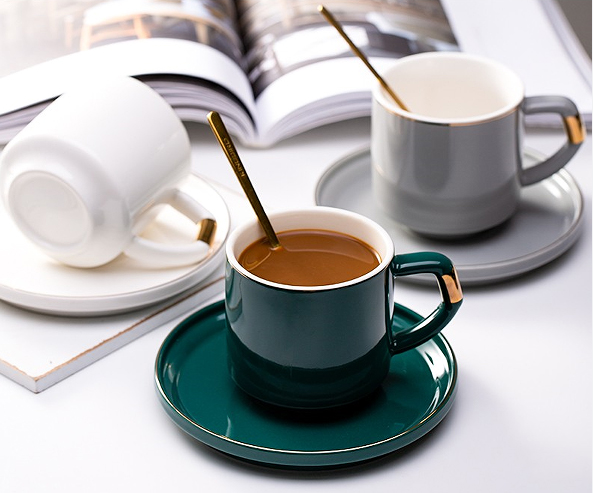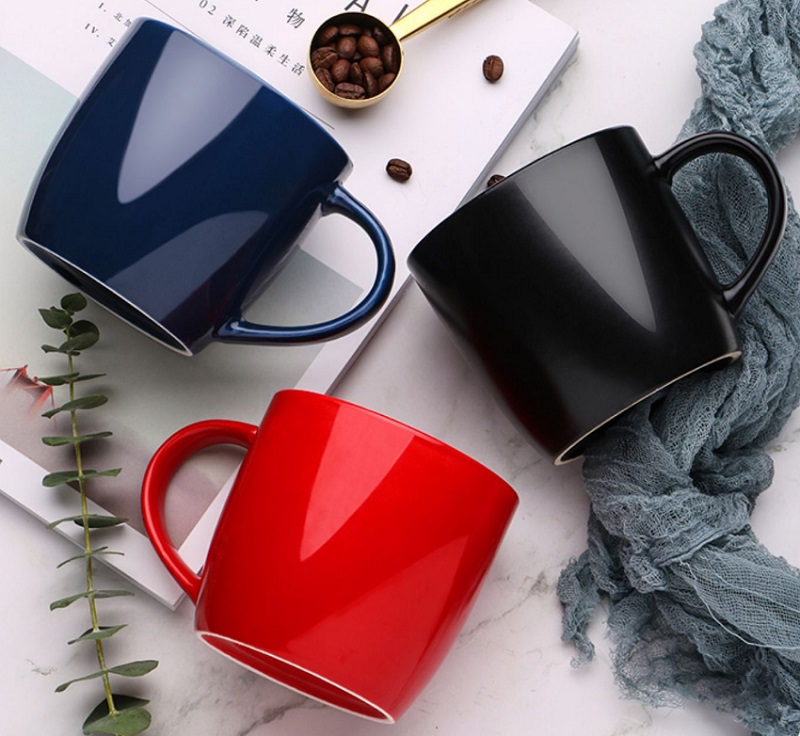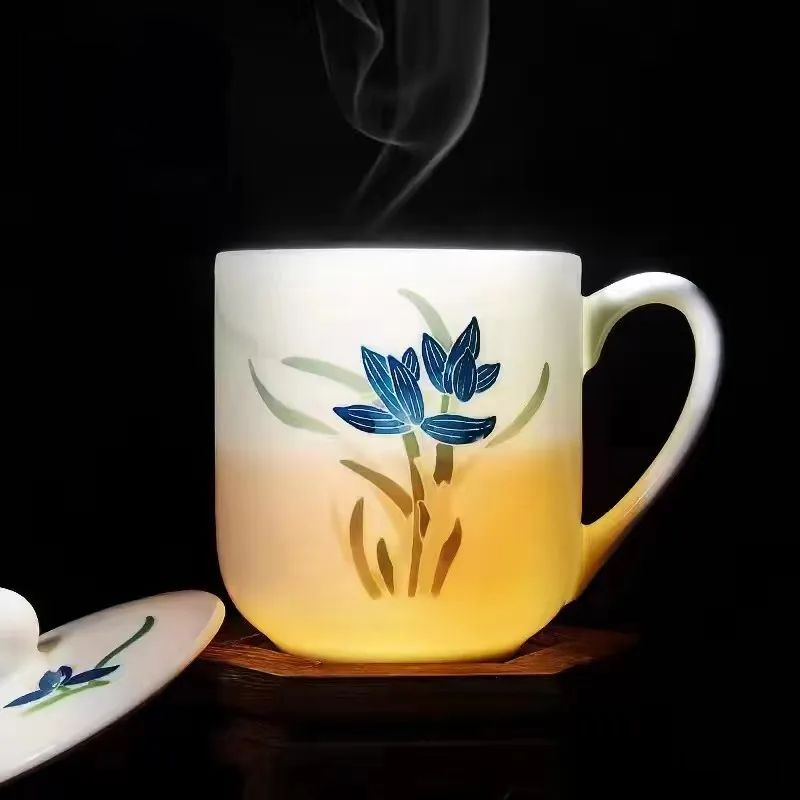Ceramic cups are a commonly used type of cup. Today, we will share some knowledge about the types of ceramic materials, hoping to provide you with a reference for choosing ceramic cups. The main raw material of ceramic cups is mud, and various natural ores are used as glaze materials, rather than rare metals. It will not waste our living resources, nor pollute the environment, nor damage resources, and is harmless. The selection of ceramic cups reflects our understanding of environmental protection and love for our living environment.
Ceramic cups are environmentally friendly, durable, practical, and the crystallization of soil, water, and fire. Natural raw materials, combined with the power of nature and the integration of human technology, have created essential daily necessities in our lives. It is a brand new thing created by humans using natural materials and according to their own will.
The types of ceramic cups can be classified according to temperature:
1. The firing temperature of low-temperature ceramics is between 700-900 degrees.
2. Medium temperature ceramic cups generally refer to ceramics fired at temperatures around 1000-1200 degrees Celsius.
3. The high-temperature ceramic cup is fired at a temperature of over 1300 degrees Celsius.
The materials of porcelain cups can be divided into:
New bone porcelain, with a firing temperature generally around 1250 ℃, is essentially a type of white porcelain. It improves and reflects the advantages of traditional bone porcelain without any animal bone powder, while retaining the strength and hardness of reinforced porcelain. The raw materials include 20% quartz, 30% feldspar, and 50% kaolin. New bone porcelain does not add other chemical materials such as magnesium and calcium oxide. New bone porcelain is more resistant to impact than reinforced porcelain, reducing the damage rate in daily use, Its advantages are that the glaze is tough and not easily scratched, wear-resistant, resistant to high temperatures, and has moderate transparency and insulation. Its color is natural milk white, unique to natural bone powder. New bone porcelain is an excellent choice in daily ceramic tea cups.
Stoneware, fired at a temperature of generally around 1150 ℃, is a ceramic product that falls between pottery and porcelain. Its advantages are high strength and good thermal stability. In our daily life, stoneware products mainly include cups, plates, bowls, plates, pots and other tableware, with a dense and firm texture, a milky white color, and decorated with landscape flowers, delicate, elegant, and beautiful. Stoneware porcelain products have a smooth glaze, soft color, regular shape, high thermal stability, high glaze hardness and mechanical strength, good performance, and lower cost than white porcelain. Most of them are decorated with glaze color, making them the best choice for advertising and promoting ceramic cups.
Bone porcelain, commonly known as bone ash porcelain, is produced at a firing temperature of around 1200 ℃. It is a type of porcelain made from animal bone charcoal, clay, feldspar, and quartz as the basic raw materials, and is fired twice through high-temperature plain firing and low-temperature glaze firing. Bone porcelain is exquisite and beautiful. It is known as thin as paper, white as jade, sounding like a bell, and bright as a mirror, presenting a texture and brightness different from ordinary porcelain. It is easy to clean and can bring visual enjoyment to users when in use. As a high-end porcelain, bone porcelain is much more expensive than ordinary porcelain and is most suitable for making high-end gift daily porcelain. It can be selected appropriately according to actual needs.
Post time: Mar-13-2024








